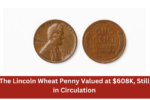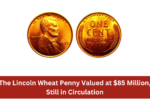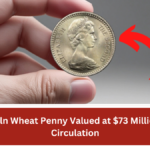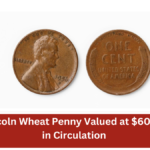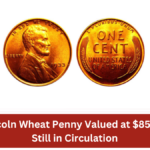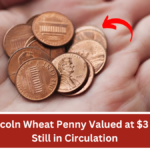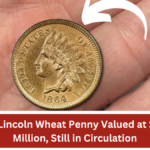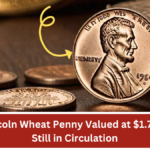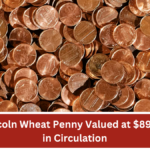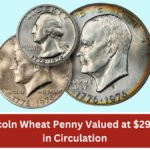Bicentennial quarters, minted in 1975 and 1976 to commemorate the 200th anniversary of the United States, are popular among collectors, but a few rare varieties have been reported to sell for significant amounts, sometimes reaching up to $10,000. While most Bicentennial quarters are common, the rare types are particularly sought after due to their unique features and limited availability.
1976 Bicentennial Quarter Error Coins
One of the most valuable types is the 1976 Bicentennial quarter error coins. These coins can fetch prices as high as $10,000, especially if they exhibit notable minting errors such as double die strikes, off-center strikes, or other unique mistakes. Error coins are produced in limited quantities, making them desirable for collectors. Among these, double die obverse or reverse errors are especially prized, as they can create a unique appearance that stands out from the standard issue, contributing to their high market value.
1976-S Silver Proof Bicentennial Quarter
Another valuable variant is the 1976-S silver proof Bicentennial quarter, which can sell for anywhere from $5,000 to $10,000 in pristine condition. The “S” mintmark indicates that these coins were struck at the San Francisco Mint, and they were part of special proof sets made with 40% silver content. The highest prices are reserved for coins graded PR70 (perfect condition) by reputable grading services like PCGS or NGC. The combination of silver content and flawless minting quality can significantly drive up the value, especially for well-preserved examples.
1976 No Mint Mark Bicentennial Quarter
Lastly, the 1976 no mint mark Bicentennial quarter is another rare find that can reach values of up to $10,000. While most Bicentennial quarters will have a mint mark—either a “D” for Denver or “S” for San Francisco—a very small number were struck without any mint mark, likely due to an error at the Philadelphia Mint. These no-mint-mark quarters are extremely rare, and their scarcity can lead to high prices among collectors. In general, coin collectors value rarity, mint condition, and unique features, which drive the high prices for these rare Bicentennial quarters. Additionally, coin grading through services like PCGS or NGC significantly affects the value of these coins, making professional grading an essential factor for collectors looking to maximize their investment.
How to Spot One
To spot rare Bicentennial quarters, first, ensure the coin is dated 1976 and check for a mint mark; a “D” indicates Denver, “S” indicates San Francisco, and no mint mark suggests a Philadelphia strike, which is rare and valuable. Look for mint errors, such as double die strikes or off-center strikes, by inspecting the details closely with a magnifying glass. For proof coins, verify their silver content by weighing them—silver quarters contain 40% silver. Assess the coin’s condition, as well-preserved examples are worth more, and consider professional grading from services like PCGS or NGC. Lastly, research current market values and engage with collector communities for additional insights.
FAQ’s:
What year should I look for in a Bicentennial quarter?
You should look for quarters dated 1976, as this is the year the Bicentennial design was used.
How can I identify the mint mark on a Bicentennial quarter?
Check the reverse side of the coin for a mint mark: a “D” indicates it was minted in Denver, an “S” indicates San Francisco, and no mint mark suggests a rare Philadelphia strike.
What are common mint errors to look for in these quarters?
Common mint errors include double die strikes and off-center strikes. Inspect the details closely to see if the lettering or design is doubled or misaligned.
How can I tell if a Bicentennial quarter is made of silver?
If the coin has an “S” mint mark, it may be a proof coin made with 40% silver. You can weigh the coin; a standard quarter weighs about 5.67 grams, while a silver proof will weigh slightly more.
Why is professional grading important for these coins?
Professional grading from services like PCGS or NGC can significantly increase the coin’s value, especially for rare varieties, as higher grades indicate better condition and authenticity.


